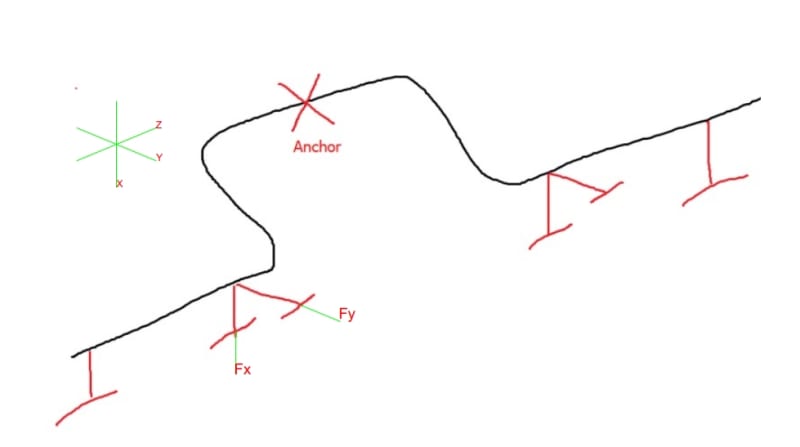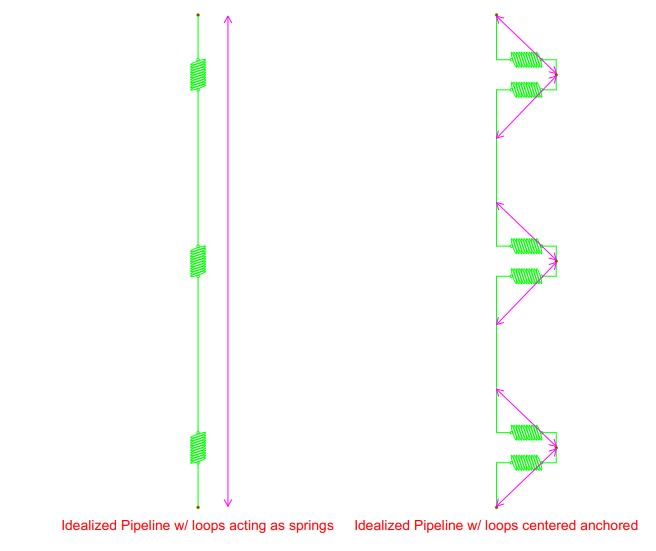nikolastrojman
Industrial
Hi!
I have a question regarding the expansion loop design and placement of anchor points. Does it make any sense to place an anchor in the middle of the expansion loop?

The conventional way (and the proper way) is to put anchor on both sides of the loop in order to use it´s inherent flexibility to reduce thermal expansion stresses and support displacements.
One of our subcontractors suggested to put it in the middle of the loop.
BR
Nik
I have a question regarding the expansion loop design and placement of anchor points. Does it make any sense to place an anchor in the middle of the expansion loop?

The conventional way (and the proper way) is to put anchor on both sides of the loop in order to use it´s inherent flexibility to reduce thermal expansion stresses and support displacements.
One of our subcontractors suggested to put it in the middle of the loop.
BR
Nik


![[puppy] [puppy] [puppy]](/data/assets/smilies/puppy.gif)

